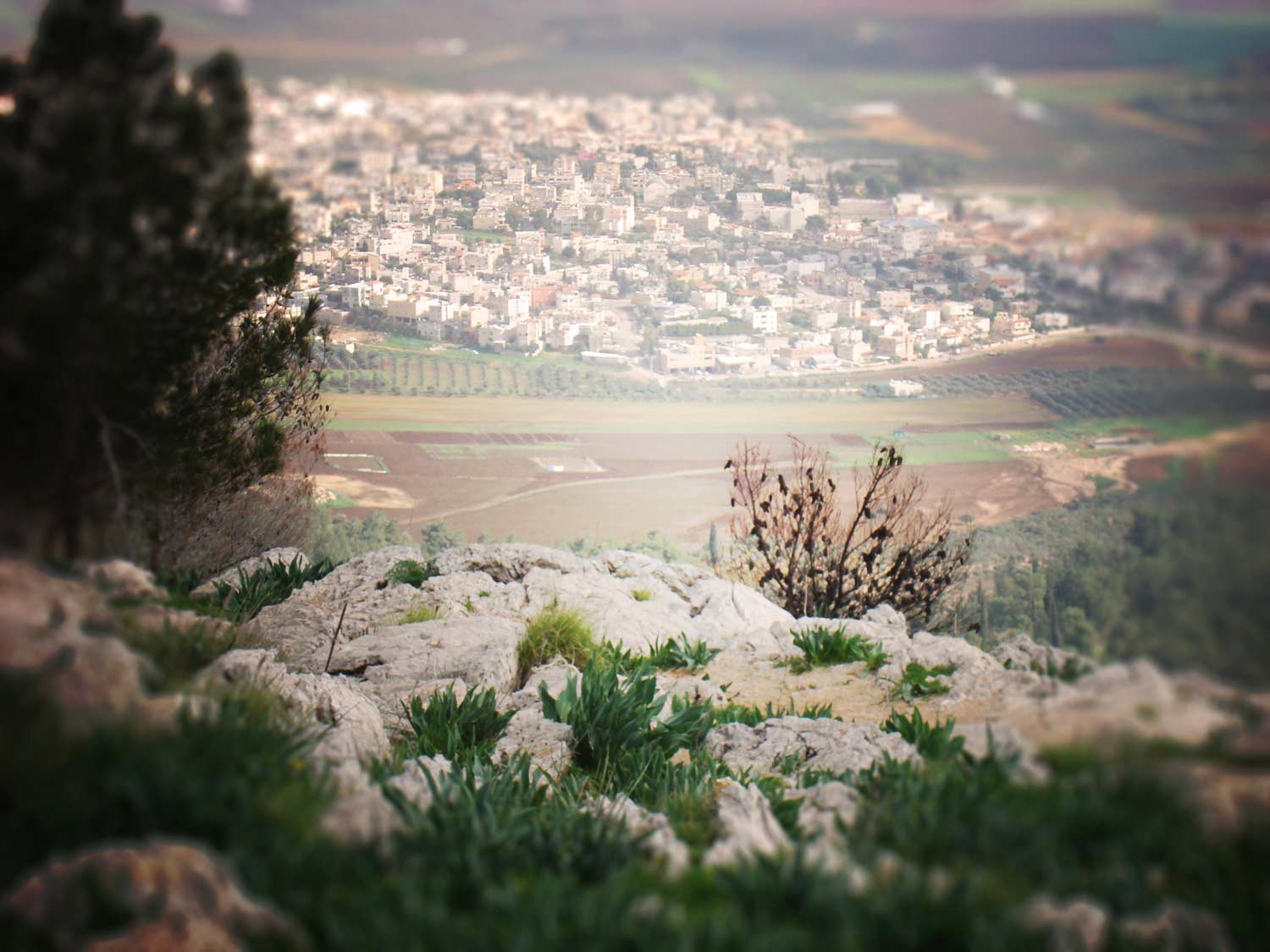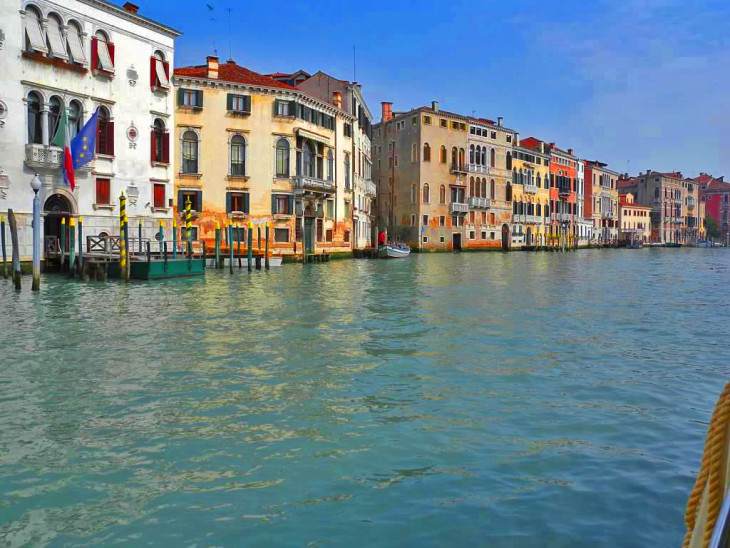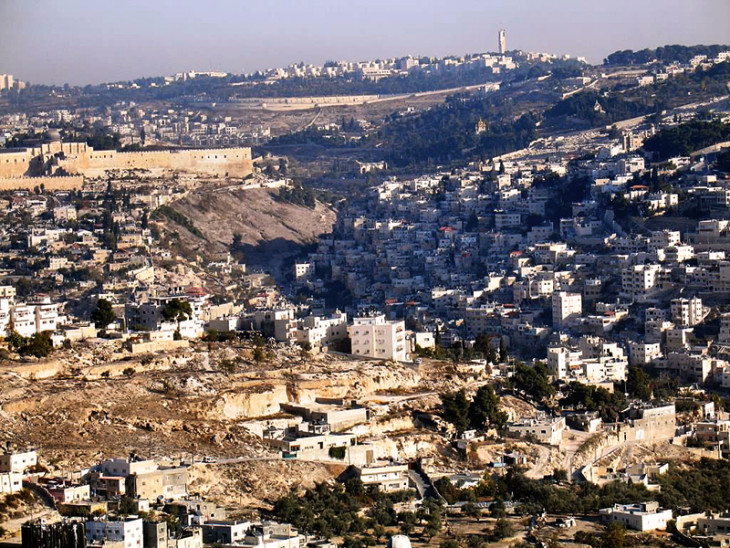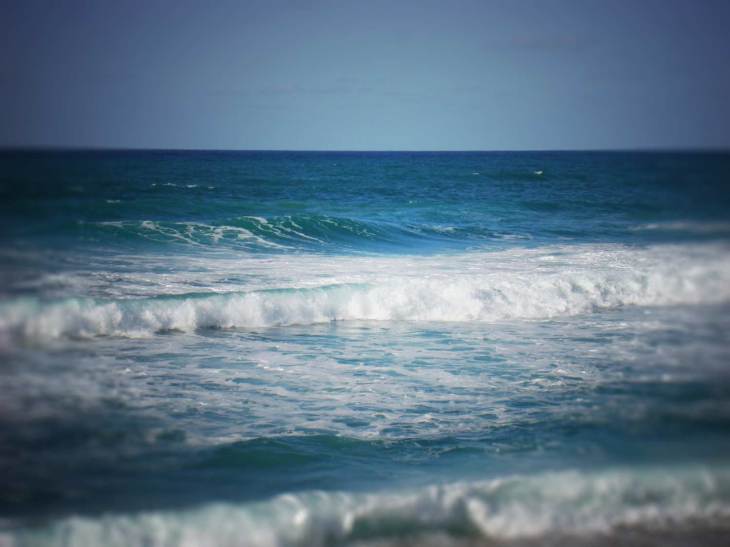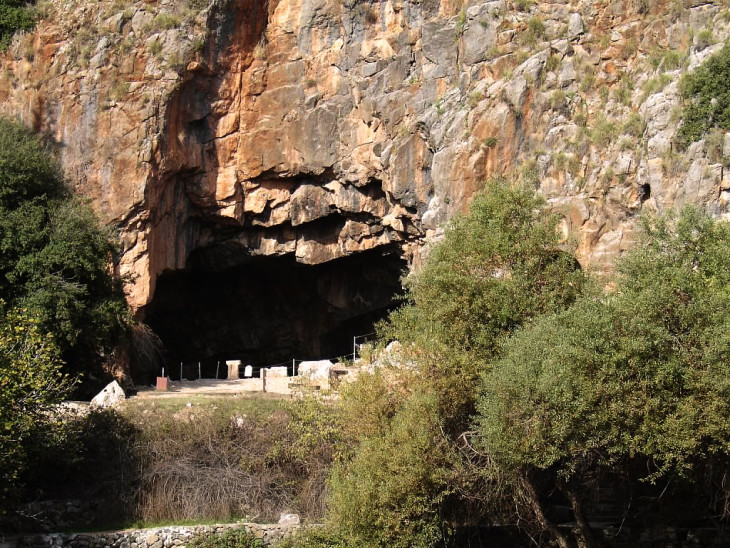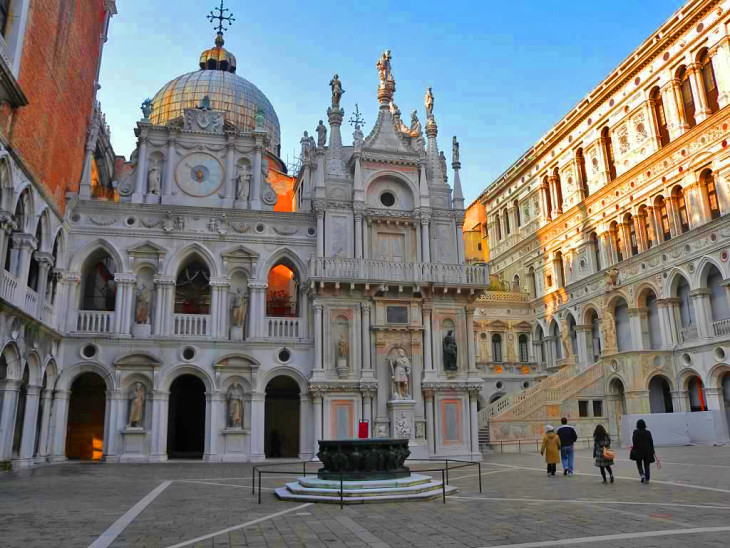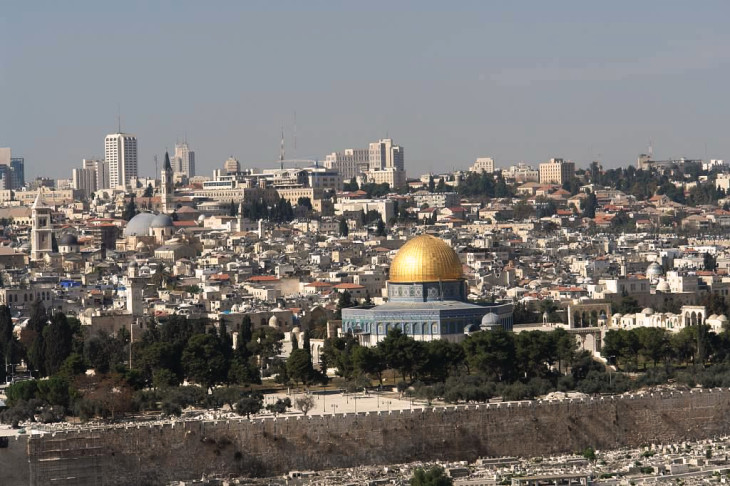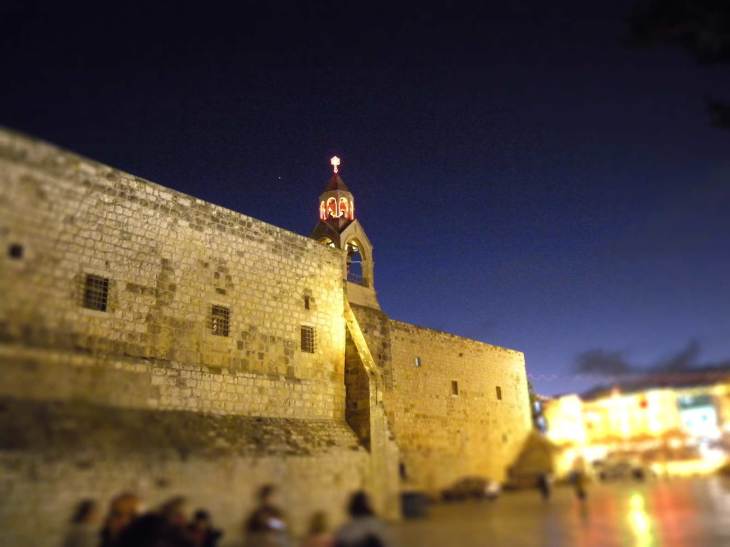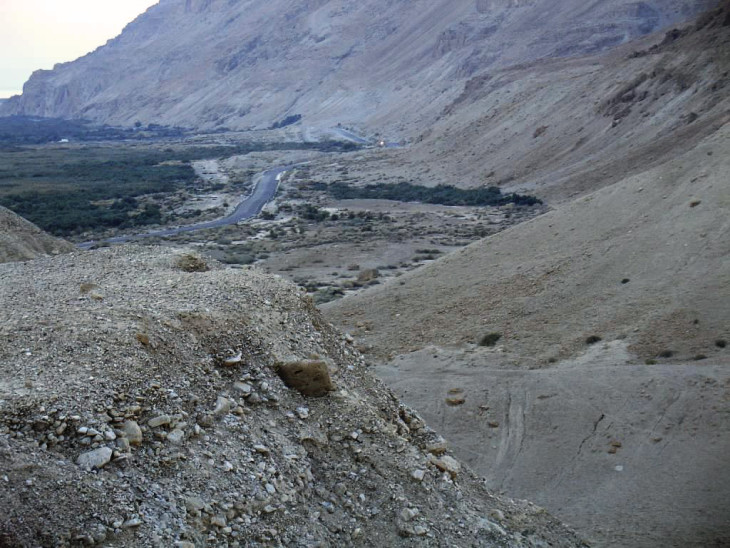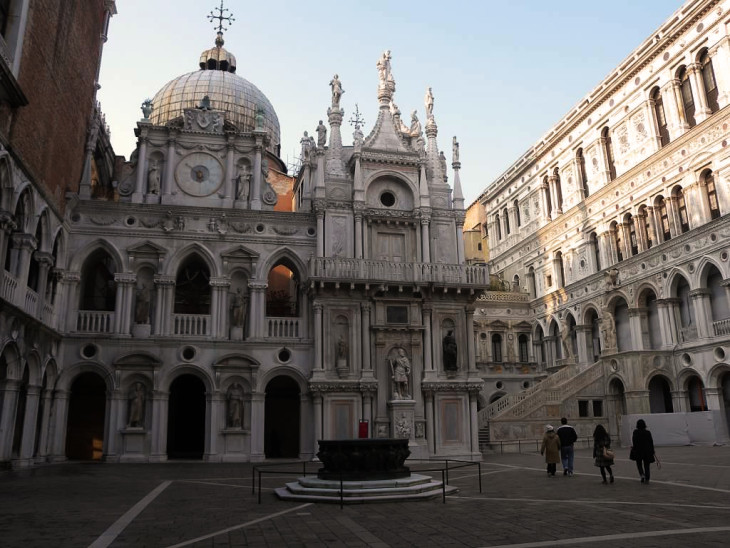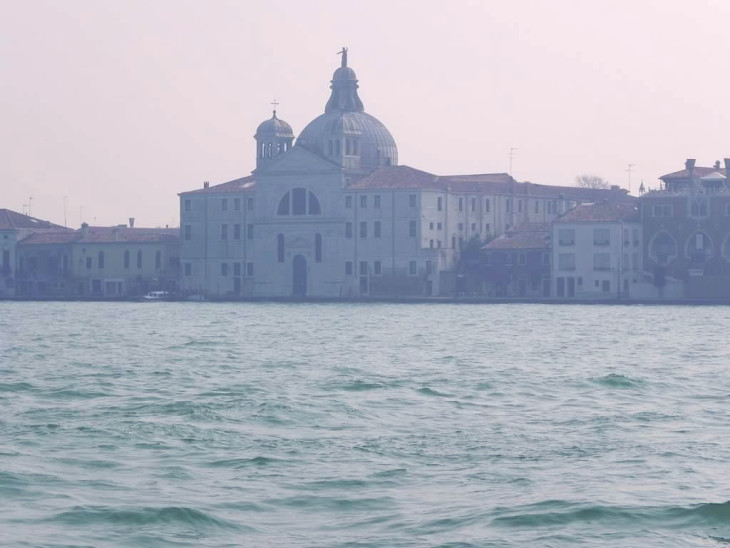Destruction is certain for the leaders who say all is fine
They rewrite God’s Word and speak soothing refrains to one and all
They see no reason to bend the knee to Jesus
They say there are many ways to God
Sitting in jaded seats they write and teach
Outside the children are dying and going to hell
Who will feed them? Who will care for their needs?
Twenty seven hundred years ago Ezekiel said the Shepherd was coming
He would heal the hurting, feed the poor, care for the broken
Christ would lead God’s children home, He was the Shepherd
He came two thousand years ago, the Shepherd is here
He is alive today, He came for you
His children hear His voice, He will care for them
Jesus is Lord, He will care for you, He is our Shepherd
How about your life? Is Christ in charge of your life?
If you ask Him to forgive you of your sin Jesus will save you
He will never forget you, He will not leave you alone, He gives you life eternal
Christ calls us to gather together in the Church, His bride
We become His hands and feet-He is the great Shepherd
We are His hands and feet-we care for the poor, the sick, the lost
Our job is to profess Christ every moment of every day-Jesus is Lord
God’s Church-the Body of Christ-is different than the world
If Christ isn’t the Head it is simply an organization
Christ calls us, pushes us to care for those around us
Someone in need is our responsibility
We pray, we study, we worship, we grow in Christlikeness
Everyday we live we care for others as if they were us
We are the Shepherds-Christ our example is our Shepherd
Clay Corvin June 9, 2012
